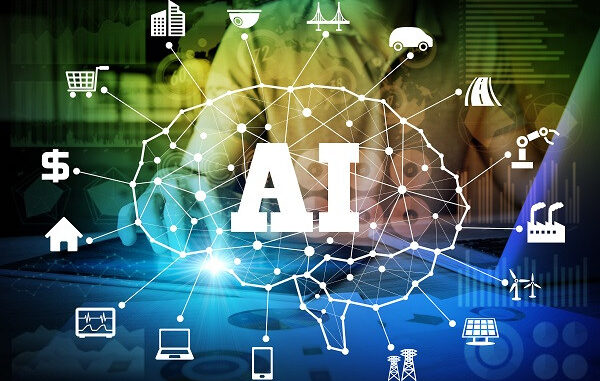
AI generative capability refers to the ability of AI models, particularly large language models (LLMs) and generative models, to create new content or data based on learned patterns from their training data.
This capability encompasses a wide range of applications across different domains. Here are some key aspects of AI generative capability:








### 1. **Text Generation**
– **Natural Language Processing (NLP)**: LLMs can produce coherent and contextually relevant text, making them useful for diverse applications such as:
– **Chatbots and Virtual Assistants**: Engaging in conversations and providing information.
– **Content Creation**: Writing articles, stories, social media posts, or marketing copy.
– **Summarization**: Generating concise summaries of larger text documents.
### 2. **Creative Writing**
– Generative models can assist or even independently create poetry, scripts, and novels, offering writers suggestions or producing entire works.
### 3. **Code Generation**
– AI models like GitHub Copilot leverage generative capabilities to assist in software development by suggesting code snippets, completing functions, or generating entire modules based on user prompts.
### 4. **Image Generation**
– Models like DALL-E and Midjourney use generative capabilities to create images from text prompts, allowing users to generate illustrations, artworks, and modify existing images based on input descriptions.
### 5. **Music and Audio Generation**
– AI can compose music tracks, generate soundscapes, or provide assistance in audio editing and sound design, creating original pieces based on styles or genres.
### 6. **Data Generation for Simulation**
– In fields such as finance, healthcare, or urban planning, generative models can produce synthetic data that resembles real-world data, which can be used for training purposes, simulations, or testing algorithms without privacy concerns.
### 7. **Video and Animation Generation**
– Research in generative models extends to video content, allowing for the creation of animated sequences or modifications of existing videos based on certain criteria.
### 8. **Variational Methods and Generative Adversarial Networks (GANs)**
– Techniques like GANs and Variational Autoencoders (VAEs) are other types of generative models that enable the creation of new data points, especially in image and video synthesis.
### 9. **Customization and Personalization**
– Generative models can produce content tailored to individual preferences, allowing for personalized experiences in marketing, entertainment, and education.
### Benefits and Considerations:
– **Benefits**:
– Creativity and efficiency in content creation.
– Ability to simulate environments and generate training data.
– Enhancing user engagement through interactive and responsive systems.
– **Ethical Considerations**:
– Risks of generating biased, misleading, or harmful content.
– Intellectual property issues regarding AI-generated works.
– Concerns over authenticity, especially in media and misinformation.
Overall, the generative capability of AI represents a significant advancement in technology, providing various opportunities and challenges along the way. If you have specific questions about generative models or want to discuss a particular application, feel free to ask!


Leave a Reply